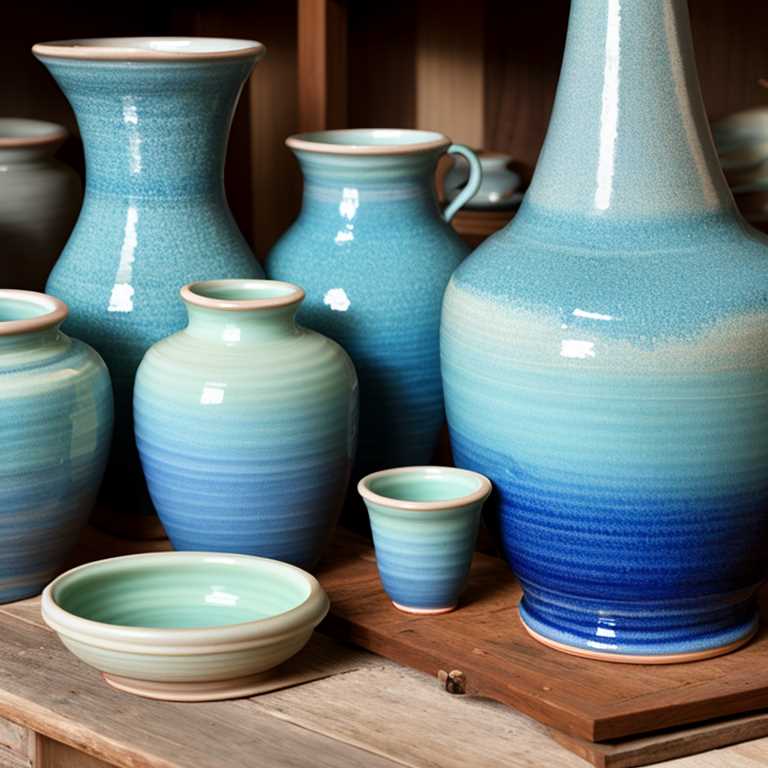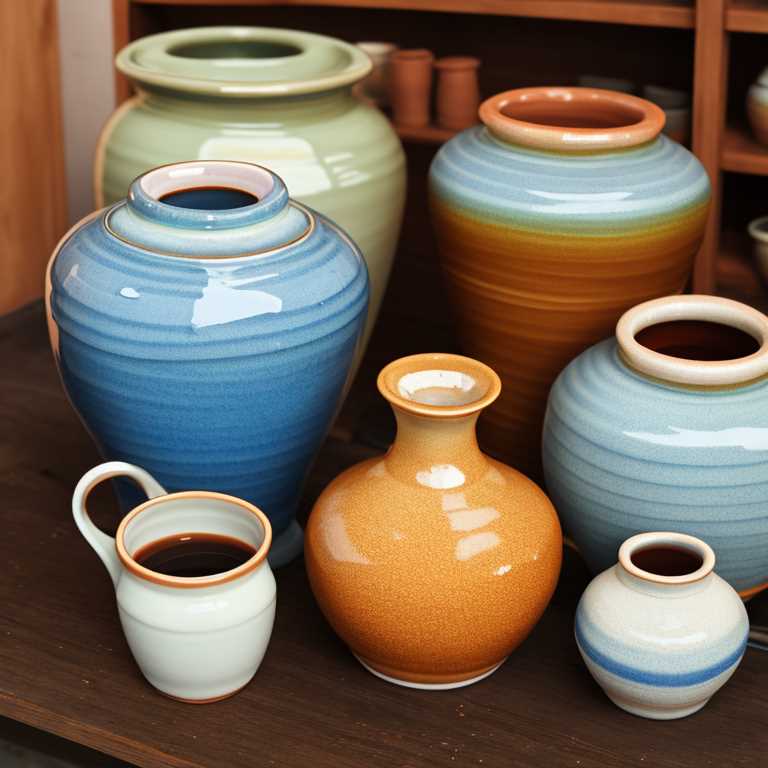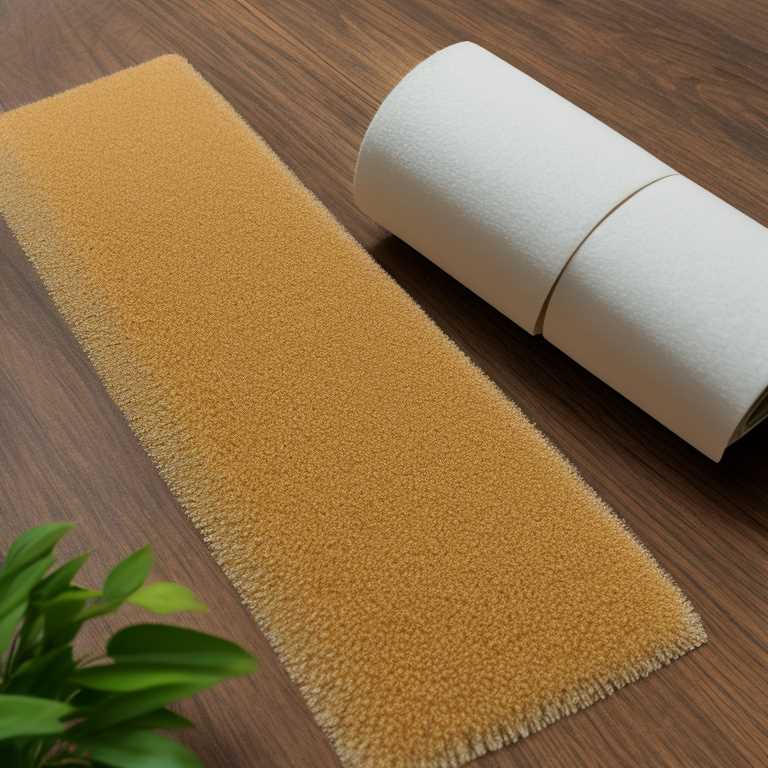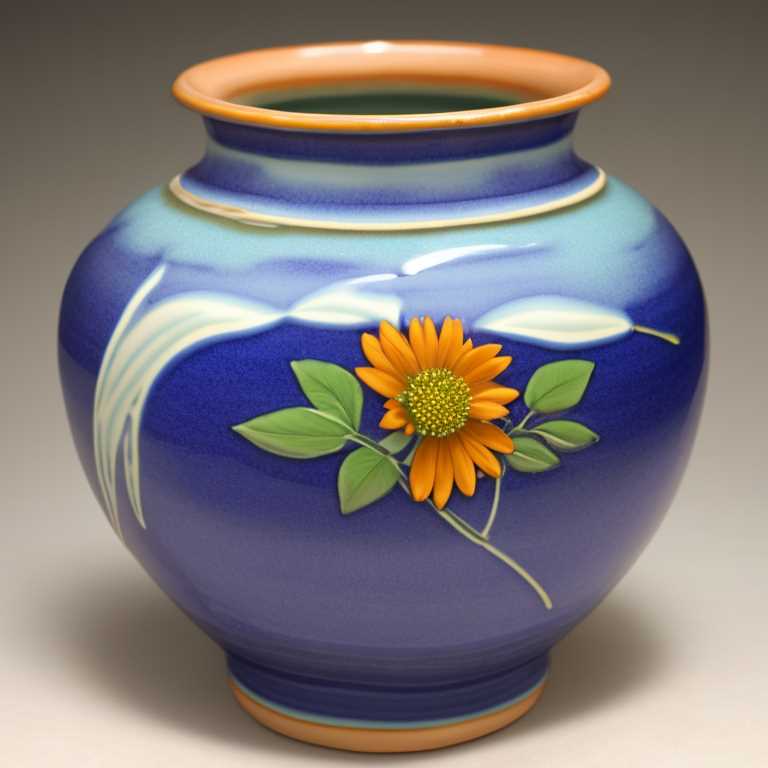
Pottery is a beautiful art form that has been around for centuries. It is a wonderful way to express creativity, and it is also a practical way to create useful items for our daily lives. However, sometimes pottery can become glazed, making it difficult to create the desired effect. In this article, we will discuss how to remove glaze from pottery, step by step.
Step 1: Safety First
Before you begin removing glaze from pottery, it is important to consider your safety. Wearing gloves and a mask is highly recommended as glaze can contain harmful chemicals. Also, ensure that you are working in a well-ventilated area to avoid inhaling any fumes.
Step 2: Evaluate the Pottery
The first step in removing glaze from pottery is to evaluate the piece. Is the glaze thick or thin? Is it a single layer or multiple layers? These factors will determine the best method for removing the glaze.
Step 3: Apply a Chemical Stripper
One of the most popular methods for removing glaze from pottery is to use a chemical stripper. Chemical strippers are designed to dissolve the glaze, making it easy to remove. Apply the stripper to the pottery using a brush or sponge, making sure to cover the entire surface.
Step 4: Wait

Once the chemical stripper has been applied, it is important to wait for it to take effect. The amount of time needed for the stripper to work will depend on the product used, the thickness of the glaze, and the temperature and humidity of the room. Typically, it takes between 30 minutes and 2 hours for the stripper to work.
Step 5: Remove the Glaze
After the stripper has had time to work, it is time to remove the glaze. Use a scraper or a piece of sandpaper to gently remove the glaze from the pottery. Be careful not to damage the pottery underneath. If the glaze is particularly thick, you may need to repeat this step a few times.
Step 6: Clean the Pottery
Once the glaze has been removed, it is important to clean the pottery thoroughly. Use a sponge or cloth to wipe down the pottery, removing any remaining residue from the stripper. Rinse the pottery with warm water and dry it completely.

Step 7: Sand the Pottery
If the pottery still has a rough or uneven surface after the glaze has been removed, it may be necessary to sand it. Use a fine-grit sandpaper to gently sand the surface of the pottery until it is smooth and even.
Step 8: Re-Glaze the Pottery
Once the pottery is clean and smooth, it is ready to be re-glazed. Apply the glaze in thin layers, allowing each layer to dry before adding the next. If you want to add any designs or patterns, now is the time to do so. Once the glaze has been applied, fire the pottery in a kiln according to the manufacturer’s instructions.
Alternative Methods for Removing Glaze
While chemical strippers are the most common method for removing glaze from pottery, there are other options available.
One alternative method is to use a sandblaster. Sandblasting involves spraying a high-pressure stream of sand or other abrasive material onto the pottery to remove the glaze. This method is best for thick or multiple layers of glaze. However, it can be difficult to control the amount of material removed, which can result in damage to the pottery.

Another alternative method is to use a heat gun. By heating the glaze, it can become more pliable and easier to remove. However, this method can be time-consuming, and it is important to be careful not to overheat the pottery, which can cause it to crack or break.
Removing glaze from pottery can be a challenging task, but with the right tools and techniques, it can be done successfully. Whether you choose to use a chemical stripper, sandblasting, or a heat gun, it is important to take your time and be careful not to damage the pottery. Once the glaze has been removed, clean the pottery thoroughly and re-glaze it to bring it back to its full beauty. With patience and care, you can create a stunning piece of pottery that will be admired for years to come.